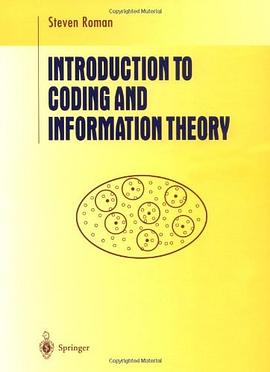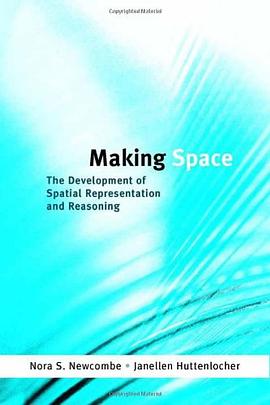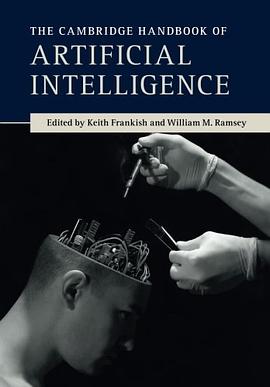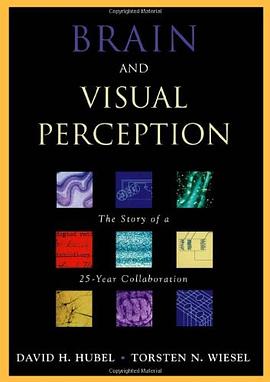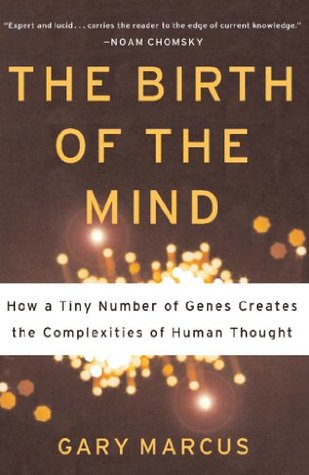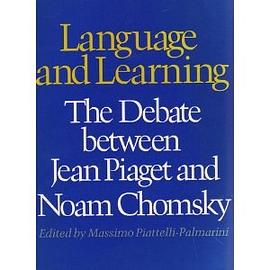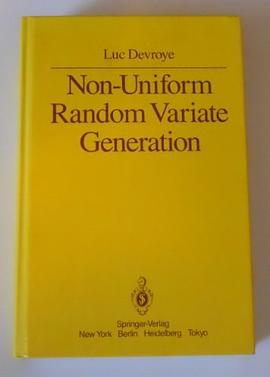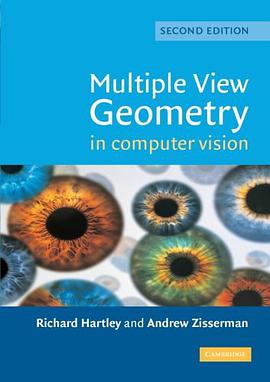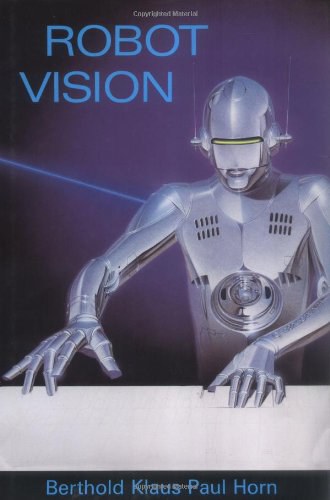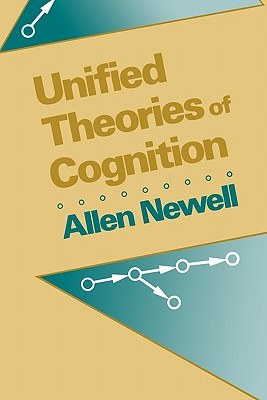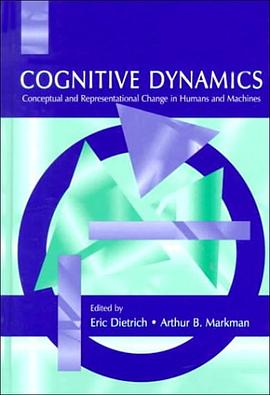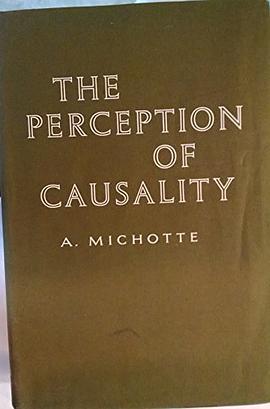Explorations in Monte Carlo Methods 豆瓣
作者:
Shonkwiler, Ronald W.
/
Mendivil, Franklin
Springer
2009
About this textbook
* Applications covered: optimization, finance, statistical mechanics, birth and death processes, and gambling systems
* Hands-on approach is used via realistic problems demonstrated with examples and numerical simulations
* A wealth of completely solved example problems provide the reader with a sourcebook to follow toward the solution of their own computational problems
* Each chapter ends with a large collection of homework problems illustrating and directing the material
Monte Carlo methods are among the most used and useful computational tools available today, providing efficient and practical algorithims to solve a wide range of scientific and engineering problems. Applications covered in this book include optimization, finance, statistical mechanics, birth and death processes, and gambling systems.
Explorations in Monte Carlo Methods provides a hands-on approach to learning this subject. Each new idea is carefully motivated by a realistic problem, thus leading from questions to theory via examples and numerical simulations. Programming exercises are integrated throughout the text as the primary vehicle for learning the material. Each chapter ends with a large collection of problems illustrating and directing the material.
This book is suitable as a textbook for students of engineering and the sciences, as well as mathematics. The problem-oriented approach makes it ideal for an applied course in basic probability and for a more specialized course in Monte Carlo methods. Topics include probability distributions, counting combinatorial objects, simulated annealing, genetic algorithms, option pricing, gamblers ruin, statistical mechanics, sampling, and random number generation.
Written for:
Undergraduate students in engineering and the sciences, and mathematics; ideal for an applied course in basic probability, as well as a more specialized course in Monte Carlo methods
Keywords:
* Matlab
* algorithims
* histogramming
* markov chain
* probability
* random number generator
* stochastic processes
* Applications covered: optimization, finance, statistical mechanics, birth and death processes, and gambling systems
* Hands-on approach is used via realistic problems demonstrated with examples and numerical simulations
* A wealth of completely solved example problems provide the reader with a sourcebook to follow toward the solution of their own computational problems
* Each chapter ends with a large collection of homework problems illustrating and directing the material
Monte Carlo methods are among the most used and useful computational tools available today, providing efficient and practical algorithims to solve a wide range of scientific and engineering problems. Applications covered in this book include optimization, finance, statistical mechanics, birth and death processes, and gambling systems.
Explorations in Monte Carlo Methods provides a hands-on approach to learning this subject. Each new idea is carefully motivated by a realistic problem, thus leading from questions to theory via examples and numerical simulations. Programming exercises are integrated throughout the text as the primary vehicle for learning the material. Each chapter ends with a large collection of problems illustrating and directing the material.
This book is suitable as a textbook for students of engineering and the sciences, as well as mathematics. The problem-oriented approach makes it ideal for an applied course in basic probability and for a more specialized course in Monte Carlo methods. Topics include probability distributions, counting combinatorial objects, simulated annealing, genetic algorithms, option pricing, gamblers ruin, statistical mechanics, sampling, and random number generation.
Written for:
Undergraduate students in engineering and the sciences, and mathematics; ideal for an applied course in basic probability, as well as a more specialized course in Monte Carlo methods
Keywords:
* Matlab
* algorithims
* histogramming
* markov chain
* probability
* random number generator
* stochastic processes



